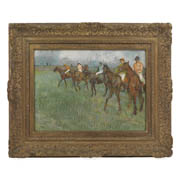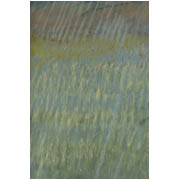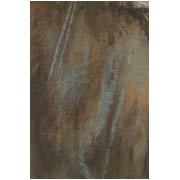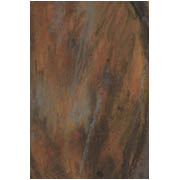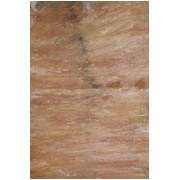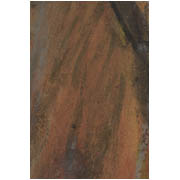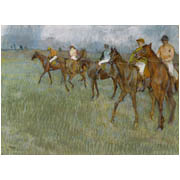Details
- Object type
pastel
- Title
Jockeys in the Rain
- Artist/Maker
- Culture/School
French
- Place Associated
Paris, France (place made)
- Date
circa 1883-1886
- Materials
pastel on paper, laid down on board
- Dimensions
framed: 760 mm x 920 mm x 107 mm; overall: 760 mm x 926 mm x 105 mm; unframed: 469 mm x 635 mm
- Description
-
Jockeys in the Rain is a highly finished pastel, richly built up with layers of interpenetrating colour. Unlike his early oils of the racecourse, where we see spectators, carriages and stands, Degas here dramatically simplifies the subject. He concentrates instead on the complex rhythms and patterns of the movements of the horses.
Degas painted and drew horses and riders throughout his career. As a student he had made copies of casts taken from the Parthenon frieze, and in Florence he studied Benozzo Gozzoli’s Journey of the Magi. During his lifetime horses could be seen everywhere - on the boulevards and in the parks, as well as at the racecourse.
Although Degas’s pictures of the racecourse have a look of immediacy, of spontaneity, none of them was painted directly from nature. Jockeys in the Rain would have been carefully built up, in the studio, from preliminary sketches and studies. It has its origins in an oil of 1868, Racecourse scene (Montgomery, Alabama, Weil Brother-Cotton Inc) and in the mixed media work of c1879, Jockeys before the Start (Birmingham, Barber Institute).
We do not know who the jockeys are – their faces are turned from us or are shadowed by their hats. They may be professional or amateur jockeys, or they might even be professional models whom Degas dressed up in jockey’s colours in his studio. It is known that Degas used his friends – including his brothers – as models for his jockeys.
The asymmetry of the composition with its dramatic diagonals adds to the feeling of instantaneity. Degas divides the composition in two – one wedge-shaped area startlingly unoccupied, the other crowded with the nervous horses and riders. Degas repeats and varies the poses of these horses, suggesting sudden movement in one, near stillness in another.
As with The Rehearsal, Degas’s use of an asymmetrical composition is reminiscent of Japanese prints. The driving rain - slashing, slim strokes of coloured pastel that unify the work’s surface - was certainly inspired by such prints. This pastel is unique in being the only example in Degas’s work of such rain.
Notice how Degas uses a final layer of white pastel to modify the acid yellows, bright oranges, emerald greens and vibrant reds of the jockeys’ racing silks.
Just as the long slashing strokes of pastel help unify the picture surface, so too does Degas’s use, throughout the picture, of the pale blue sky tones which appear as highlights on the thoroughbreds’ coats and, in the grass, as slashes of rain.
As ever with Degas there is evidence of pentimenti – adjustments, changes of mind - especially in the horses’ heads and in their legs. Degas has used thick pastel paste to modify the forms of legs, hooves and ears. It is likely that he ground the pastel down, then mixed it with water to form this paste.
Jockeys in the Rain formerly belonged to another Scottish collector, Leonard Gow (1859–1936). Like Burrell, Gow was involved in the shipping industry. He shared Burrell’s passion for oriental ceramics and for the works of Joseph Crawhall. Burrell purchased Jockeys in the Rain, through the dealers Reid & Lefevre, in May 1937 for £3885, from the sale of Gow’s collection at Christie, Manson and Woods.
In his autobiography, Art and Audacity, T.J.Honeyman, the former Director of Glasgow Museums, wrote of Jockeys in the Rain: ‘I think Sir William Burrell had missed getting it earlier. He once said to me ‘It’s no use being an ‘also ran’ in the Art Race. You have to be first.’’
- Credit Line/Donor
Gifted by Sir William and Lady Burrell to the City of Glasgow, 1944
- Collection
Burrell Collection: Pictures [Oils, Pastels and Watercolours]
- ID Number
35.241
- Location
Burrell Collection

